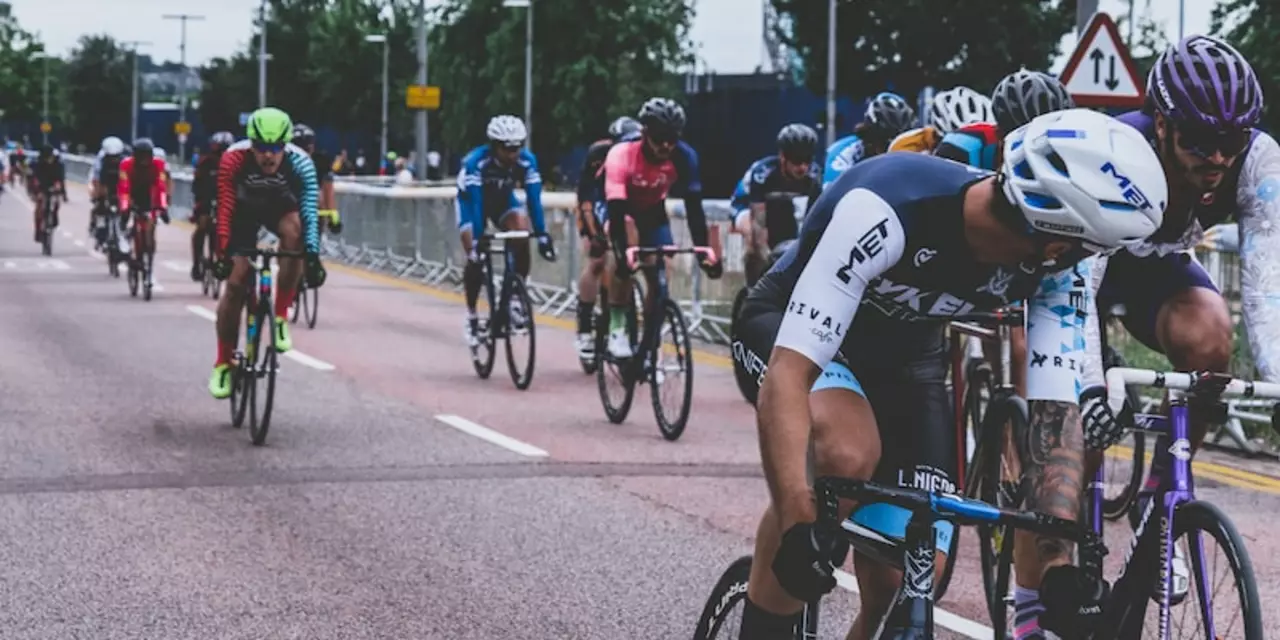Tragedy in Cycling – What Really Happens and How to Avoid It
When a cyclist gets hurt badly, it feels personal. We all ride because it’s fun, cheap and good for health, but a single crash can turn that joy into a nightmare. Understanding why these tragedies occur is the first step to stopping them.
Common Causes of Cycling Tragedies
Most serious crashes start with a simple mistake or a hidden danger. Drivers often forget to look for bikes, especially at intersections. A car turning right while a cyclist is going straight is a classic setup for a collision. Speeding, distracted driving and ignoring bike lanes make the problem worse.
On the cyclist side, a few habits raise the risk. Riding without lights after dark, ignoring traffic signals, and wearing headphones that block ambient sound all give drivers less warning. Even a wrong gear choice can make it hard to react fast enough.
Road conditions matter too. Potholes, loose gravel and wet surfaces reduce grip and can throw you off balance. Construction zones often lack proper signage, leaving cyclists confused about the correct path.
Practical Steps to Reduce the Risk
Here’s what you can control today. First, always wear a well‑fitted helmet. It won’t stop a crash, but it cuts head injuries dramatically. Second, make yourself visible: bright clothing, front and rear lights, and reflective stickers work wonders even in daylight.
Follow traffic rules exactly as a driver would. Stop at red lights, signal every turn, and ride predictably. When you’re on a shared road, position yourself where drivers expect you – usually in the lane, not at the edge.
Check your bike before each ride. Loose bolts, worn tires and brake problems are easy fixes that prevent loss of control. Keep a basic repair kit in your bag – a spare tube, tire levers and a mini‑pump go a long way.
Stay aware of blind spots. Before you cross an intersection, look left, right and left again. If a car is pulling out, give it space even if you have the right of way.
Finally, practice safe habits regularly. Ride with a group once a month to learn from others, and consider a short skills class if you’re new to traffic riding. The more comfortable you are, the quicker you’ll react when something unexpected happens.
Tragedies don’t have to be inevitable. By knowing the common triggers and acting on simple safety tips, you can keep your rides enjoyable and injury‑free. Remember, the road is a shared space – respect each other's right to be there, and the odds of a serious crash drop dramatically.

Has a cyclist ever died in the Tour de France before today?
Daxton Fairweather Mar 7 0The Tour de France is one of the world's most prestigious cycling events and the most grueling and dangerous. Today, the Tour de France saw its first death when cyclist Michael Goolaerts died after suffering a heart attack. Goolaerts was only 23 years old. This is the first time in the race's 115-year history that a cyclist has died during the event. Goolaerts was competing for the Veranda's Willems-Crelan team and was taken to the hospital after being found unconscious on the side of the road by fellow riders. Sadly, he passed away shortly after arriving. Today's tragedy serves as a reminder of the dangers of cycling and the risks that professionals take when they compete in the Tour de France.
More Detail